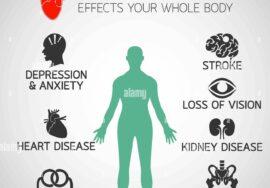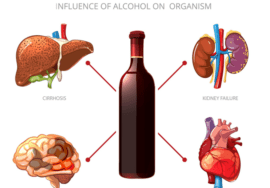
Best diet for heart patients
Lean meat, poultry and fish, low-fat dairy products, and eggs are some of the best sources of protein. Choose lower fat options, such as skinless chicken breasts rather than fried chicken patties and skim milk rather than whole milk. Fish is a good alternative to high-fat meats.
When you do use fats, choose monounsaturated fats, such as olive oil or canola oil. Polyunsaturated fats, found in certain fish, avocados, nuts and seeds, also are good choices for a heart-healthy diet. When used in place of saturated fat, monounsaturated and polyunsaturated fats may help lower your total blood cholesterol. But moderation is essential. All types of fat are high in calories.
An easy way to add healthy fat (and fibre) to your diet is to use ground flaxseed. Flaxseeds are small brown seeds that are high in fibre and omega-3 fatty acids. Studies have shown that flaxseed lowers unhealthy cholesterol levels in some people. You can grind the flaxseeds in a coffee grinder or food processor and stir a teaspoon of them into yoghurt, applesauce or hot cereal.
Limit or reduce salt (sodium)
Eating too much salt can lead to high blood pressure, a risk factor for heart disease. Limiting salt (sodium) is an important part of a heart-healthy diet. The American Heart Association recommends that:
- Healthy adults have no more than 2,300 milligrams (mg) of sodium a day (about a teaspoon of salt)
- Most adults ideally have no more than 1,500 mg of sodium a day
Although reducing the amount of salt you add to food at the table or while cooking is a good first step, much of the salt you eat comes from canned or processed foods, such as soups, baked goods and frozen dinners. Eating fresh foods and making your own soups and stews can reduce the amount of salt you eat.
If you like the convenience of canned soups and prepared meals, look for ones with no added salt or reduced sodium. Be wary of foods that claim to be lower in sodium because they are seasoned with sea salt instead of regular table salt — sea salt has the same nutritional value as regular salt.
Another way to reduce the amount of salt you eat is to choose your condiments carefully. Many condiments are available in reduced-sodium versions. Salt substitutes can add flavour to your food with less sodium.










